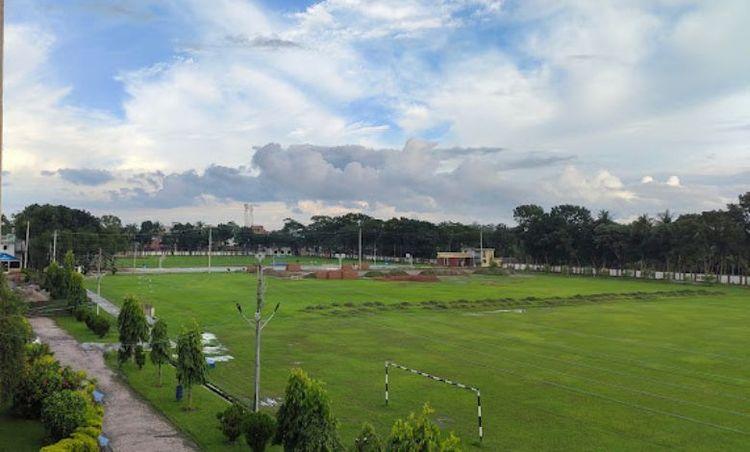- ///
- Pabna
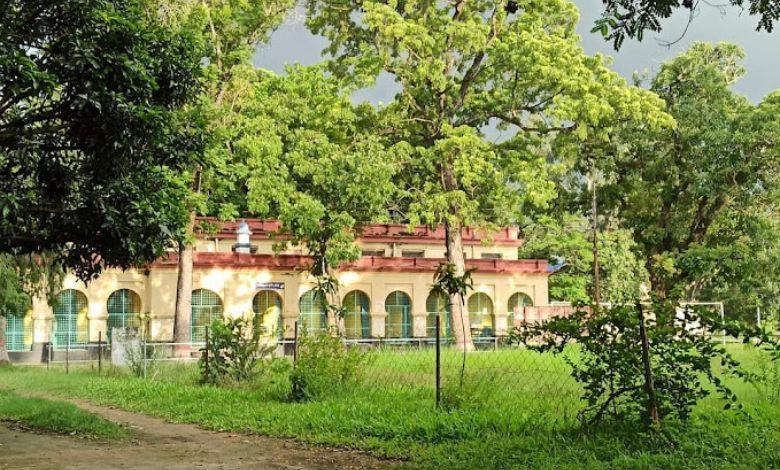

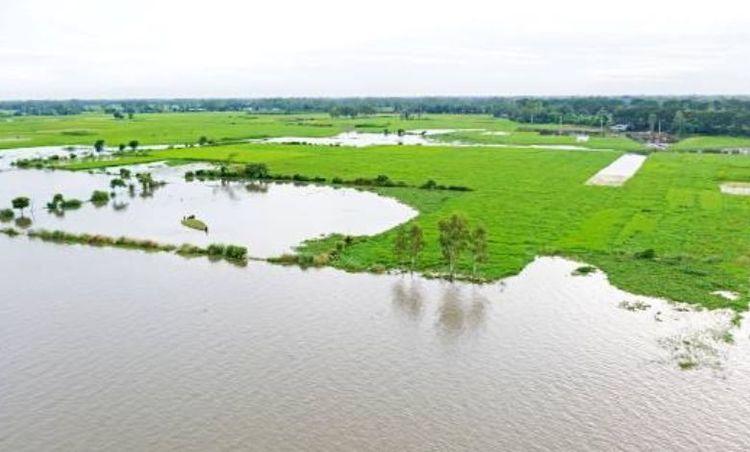
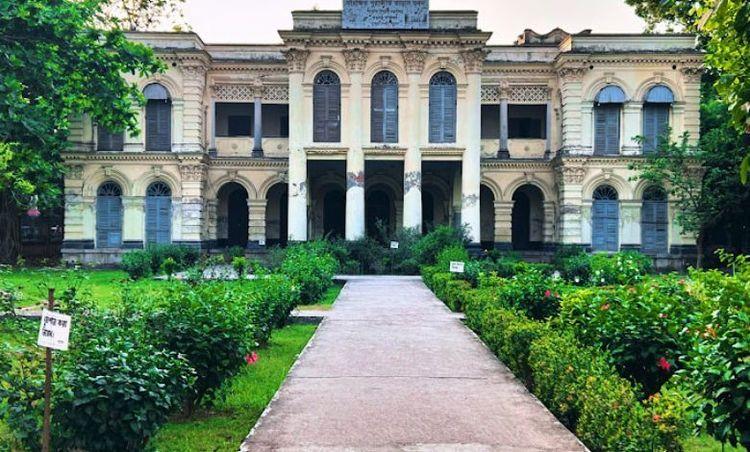
Pabna, Rajshahi
Pabna is an important and pleasant district located northwest of the Rajshahi Division of Bangladesh. It is known for its rich history, cultural heritage, and lively economy. Since the Padma and Jamuna River basin is located, agriculture and fish have become the main economic center of the region. This district is also beautiful in terms of natural beauty.
It is bound by Natore and Sirajganj districts on the north, Rajbari and Kushia districts on the south, Manikganj districts on the east, and Kushtia and Rajshahi districts on the west. Ishwardi Junction, and Hardinge Bridge, are the historic establishments of this district. Also, Ishwardi has made significant contributions to the economy of Bangladesh through the export processing zone, textile, pharmaceuticals, and food processing.
Pabna district is known for its handloom and textile industry, especially for sarees and lungi. The main crops include rice, jute, sugarcane, and various vegetables. The district is also known for dairy cultivation and milk production. The region has several small and medium-sized industries, including textile, pharmaceuticals, and food processing. Pabna Sugar Mills is one of the most prominent industrial companies in the region.
This district was an important region during the rule of the Maurya, Gupta, and Pala dynasties. This area was known for its blue garden in the British colonial era. There are advanced educational institutions like Pabna University of Science and Technology, Edward College, and Cadet College. There are also advanced healthcare institutions like Pabna Medical College Hospital and Mental Hospital.
From this district, roads, railways, and boats can be contacted across the country. Bus routes from Pabna are connecting to major cities and towns across the country. It is also a pilgrimage place for tourists, a unique glimpse of the natural beauty and a unique glimpse of the rural environment.
The biggest problem in this district is flood and river erosion. There is also a need for further development in infrastructure, healthcare, and education to improve the quality of life. Pabna is safe for tourists. The people of this district are overwhelmed by religion.
City Insights
Known Landmarks
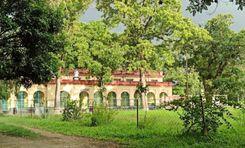
Pabna Edward College
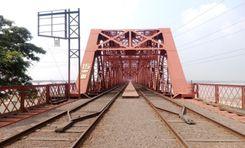
Hardinge Bridge
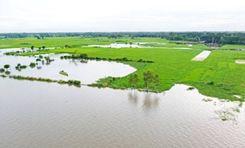
Chalan Beel
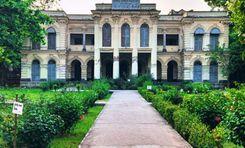
Tarash Rajbari
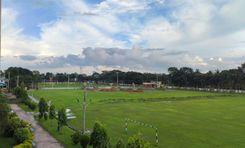
Pabna Cadet College
Connectivity
Bus Routes
Nearest Train Stations
New Developments
What’s great here?
What needs attention?
Neighbourhood Rating
3.4




Neighbourhood Rating
3.4




